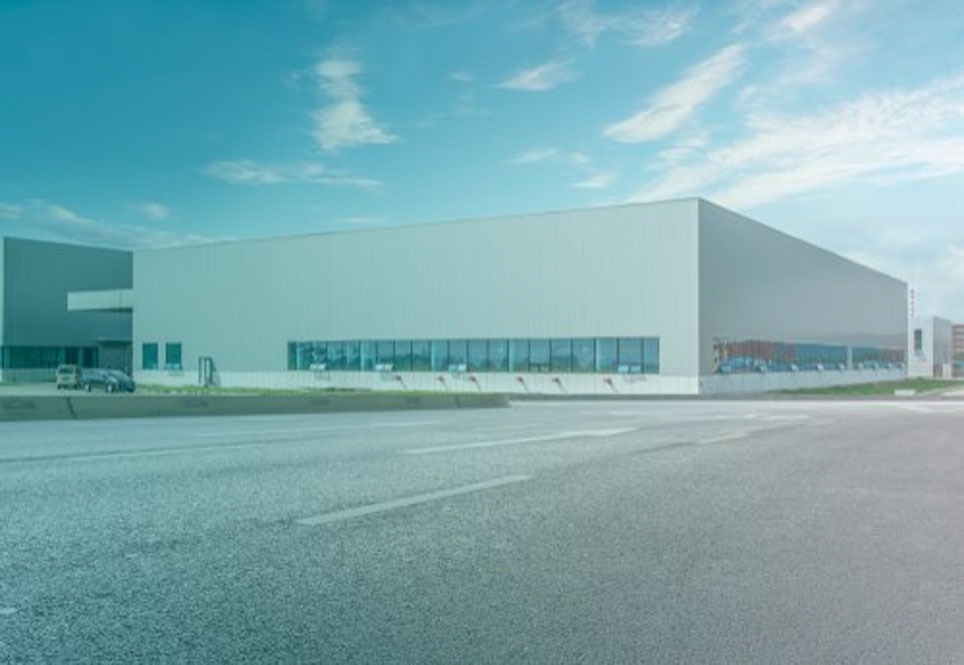Enhancing Productivity and Prosperity: Exploring Factory Vastu for Industrial Harmony
.
In the realm of industrial development, where the efficiency of operations and the well-being of workers are paramount, the principles of Vastu Shastra offer valuable insights into optimizing factory environments. Factory Vastu, a specialized branch of Vastu Shastra, focuses on aligning industrial facilities with the natural energies of the cosmos to enhance productivity, prosperity, and worker satisfaction. In this article, we delve into the essence of Factory Vastu, its principles, applications, and transformative potential in creating harmonious and prosperous industrial spaces.
Understanding the Foundations of Factory Vastu
Factory Vastu recognizes the profound impact of industrial facilities on productivity, efficiency, and worker well-being. At its core, Factory Vastu emphasizes the harmonious integration of architectural design, layout, and operational practices to create environments that support optimal functioning and prosperity. Drawing upon the wisdom of ancient texts and traditions, Factory Vastu offers guidelines for every aspect of factory design, from site selection to machinery placement.
Principles of Factory Vastu
Central to Factory Vastu are a set of principles and guidelines that govern the design, layout, and operation of industrial facilities. While the specifics may vary based on the type of industry and specific requirements, the fundamental principles of Factory Vastu remain consistent across applications. Some key principles include:
Site Selection: Factory Vastu emphasizes the importance of selecting an auspicious site for industrial development, characterized by favorable topography, accessibility, and environmental factors. Ideal sites are free from negative influences such as geopathic stress and are conducive to the flow of positive energies.
Building Orientation: Buildings should be oriented in alignment with the cardinal directions to optimize their energetic balance and harness cosmic energies. The main entrance of the factory is typically oriented towards the east for auspiciousness and vitality, allowing for optimal energy flow into the facility.
Layout and Flow: The layout of the factory should promote efficient workflow, ease of movement, and clear delineation of functional areas. Production areas, storage facilities, and administrative spaces are arranged in a manner that minimizes congestion and maximizes operational efficiency.
Placement of Machinery: Machinery and equipment are strategically placed according to Vastu principles to optimize their performance and minimize disruptions. Certain types of machinery may be located in specific directions or orientations to harness beneficial energies and enhance productivity.
Employee Welfare: Factory Vastu emphasizes the importance of providing a supportive and nurturing environment for workers. Amenities such as rest areas, break rooms, and sanitary facilities are designed to promote comfort, well-being, and morale among employees.
Safety and Security: Safety considerations are paramount in Factory Vastu, with measures implemented to mitigate risks and ensure the well-being of workers. Fire safety, emergency exits, and security protocols are integrated into the design and operation of the facility to safeguard personnel and assets.
Applications of Factory Vastu in Industrial Development
In the realm of industrial development, Factory Vastu principles are increasingly being integrated into the design, construction, and operation of manufacturing facilities. Developers, architects, and industrial engineers recognize the value of aligning factories with natural energies and cosmic forces to optimize productivity, efficiency, and worker satisfaction. From small-scale manufacturing units to large industrial complexes, Factory Vastu principles inform decisions regarding site planning, building design, machinery placement, and operational practices.
Transformative Potential of Factory Vastu
The integration of Factory Vastu principles into industrial development has the potential to transform the way we approach factory design and operation. By aligning facilities with the subtle energies of the cosmos, Factory Vastu creates environments that feel vibrant, harmonious, and conducive to productivity. Workers in Factory Vastu-compliant facilities often report feeling more energized, focused, and satisfied with their work environment, highlighting the transformative power of industrial harmony.
Moreover, Factory Vastu promotes sustainability and environmental responsibility by fostering a deeper connection with the natural world. By designing factories that respect the earth’s energies and honor its resources, developers can minimize environmental impact, conserve resources, and create facilities that are in harmony with their surroundings.
Conclusion
In conclusion, Factory Vastu represents a holistic approach to industrial development that prioritizes productivity, prosperity, and worker well-being. By aligning factories with the natural energies of the cosmos, Factory Vastu creates environments that support optimal functioning and harmonious coexistence. As we continue to innovate and evolve in the realm of industrial development, the principles of Factory Vastu serve as a timeless guide for creating factories that inspire, uplift, and sustain us in our pursuit of progress and prosperity.





